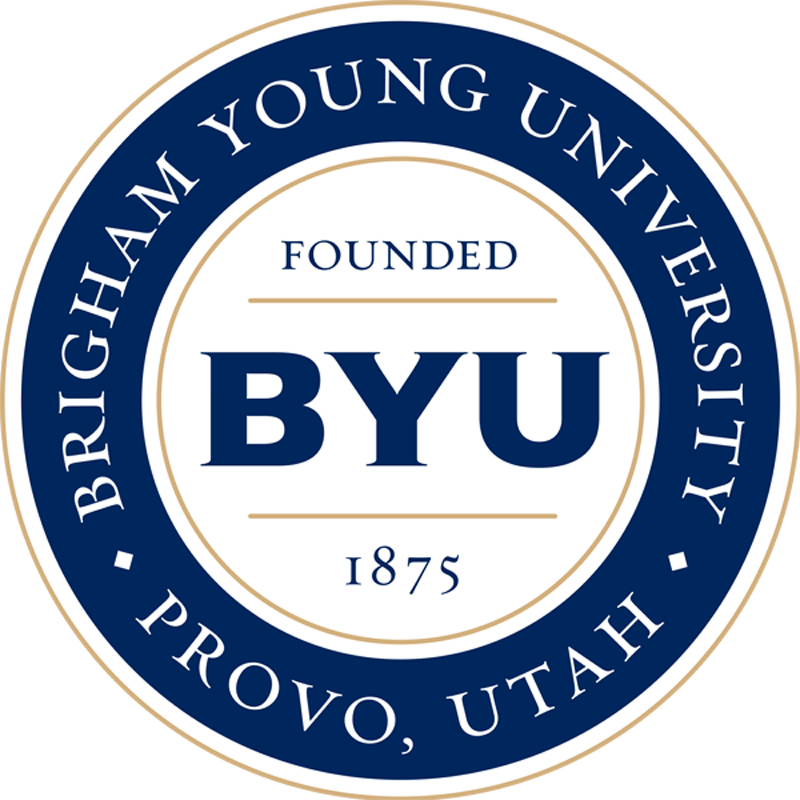Lesson 8: Global Engineering Practices
Engineering Standards
Many organizations have developed standards for design and manufacture of a wide variety of products. These include:
- International Organization for Standardization (ISO)
- American National Standards Institute (ANSI)
- British Standards Institution (BSI)
- European Committee for Standardization (CEN)
- German Institute for Standardization (DIN)

These organizations establish standards for safety and to ensure that products can work better. Imagine what it would be like if each manufacturer made common parts to their own standard without regard to industry standards. For example, imagine light fixtures and sockets that varied depending on who manufactured them. Similarly, what would happen if those manufacturing light bulbs used even slightly different sizes to screw in the bulb or made the light bulbs according to different safety standards. A consumer would have to store a variety of light bulbs just to replace those who have worn out. There was a time when such was the case.
It is important to clarify the difference between standards and codes. Standards can be defined as a set of technical definitions and guidelines that function as instructions for designers, manufactures, operators and users of equipment. A code is a set of standards that have been adopted by one or more government bodies or is incorporated into a business contract and is enforceable by law.

